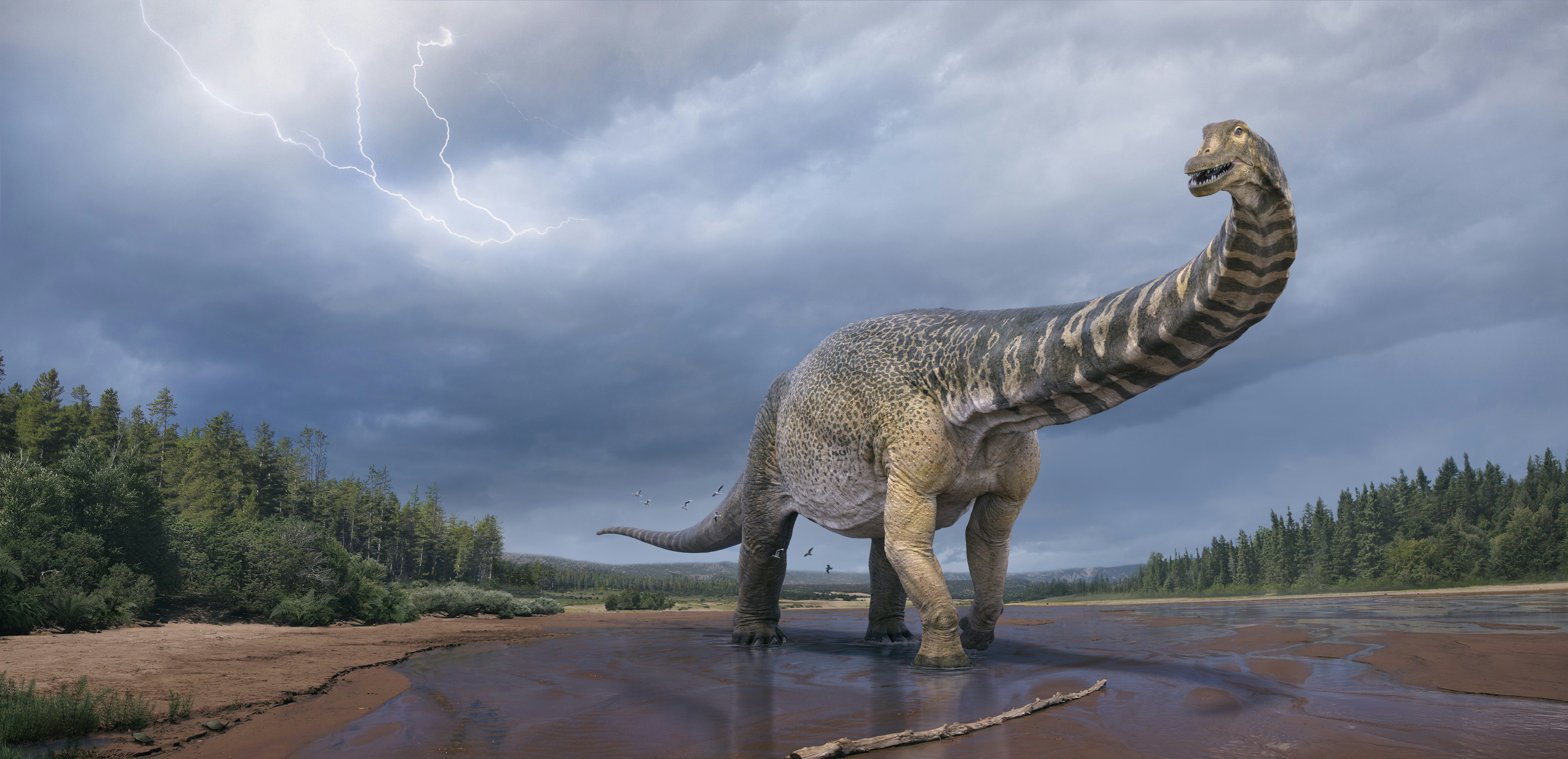

Fossils found in 1978, when a storm caused rocks to fall to the beach on the Isle of Wight.Need more analysis to understand the facial sensitivity.May also have been used for courtship or nurturing its young (like many modern crocodilians).May have used it to be more sensitive to pressure and temperature, to control jaw pressure and for feeding (avoid biting into bone while eating).Had a complex system of neurovascular canals, which worked like sensory organs (similar trait to Spinosauridae, though it probably didn’t look for prey in the water).May have had a “sensitive face”, as described by Chris Barker and others in 2017.Other theropods also had large nostrils.Had a nostril that was twice as long as high.Estimated to be about 25 ft (7.6 m) long.Allosauroid that lived in the Early Cretaceous in what is now the Isle of Wight, in the UK.The American Museum of Natural History decorated a tree with more than 800 origami dinosaurs source.The Macy’s Thanksgiving Day Parade had a T.The Yale Peabody Museum of Natural History just assessed their iconic mural “The Age of Reptiles” source.A rare three-dimensionally preserved dinosaur/bird, Fukuipteryx, was described from Japan source.A new Miragaia specimen solidifies the genus, but eliminates Alcovasaurus source.You can listen to our free podcast, with all our episodes, on Apple Podcasts at: If you can’t visit them in person, you can see there work at or on twitter thanks to all our patrons! Your support means so much to us and keeps us going! If you’re a dinosaur enthusiast, join our growing community on Patreon at. We also interview Jo Pegler and Corey Richards, laboratory coordinator and operations & marketing coordinator at the Eromanga Natural History Museum in southwest Queensland Australia. Episode 263 is all about Neovenator, an apex predator from the UK with a sensitive face.


 0 kommentar(er)
0 kommentar(er)
